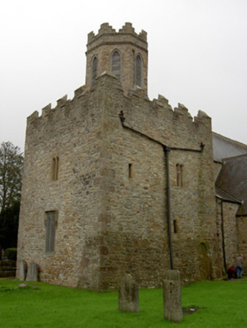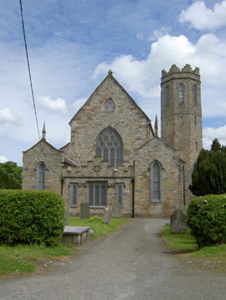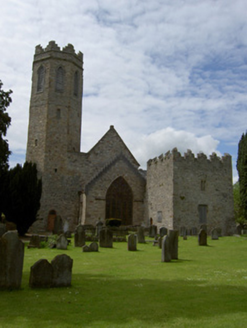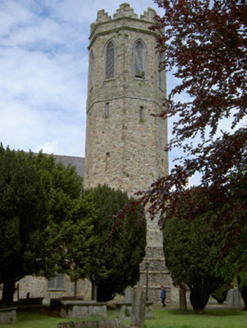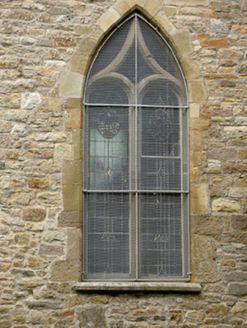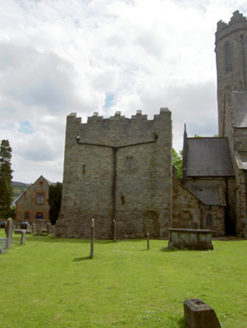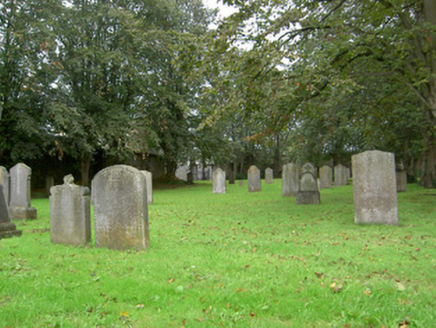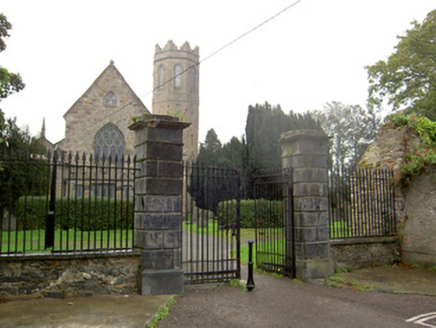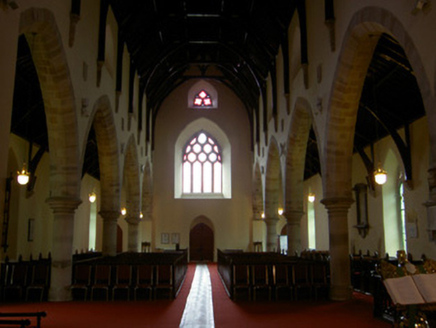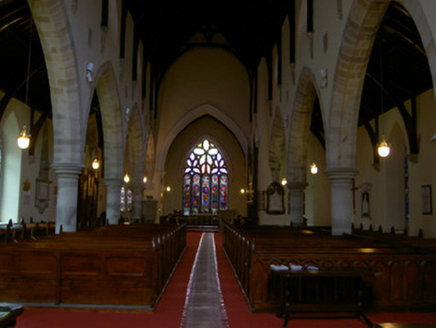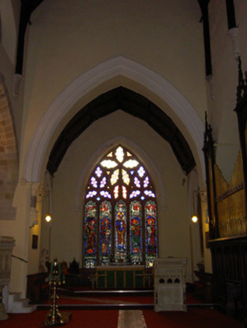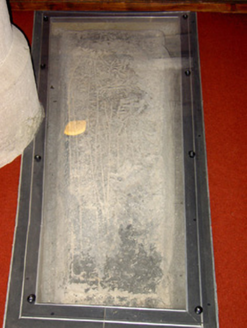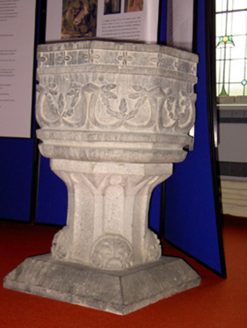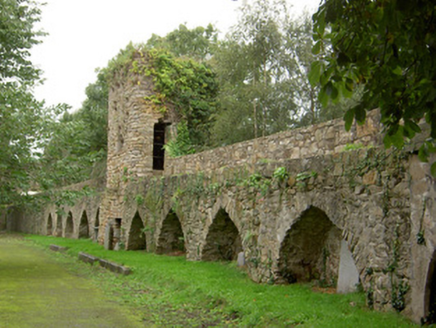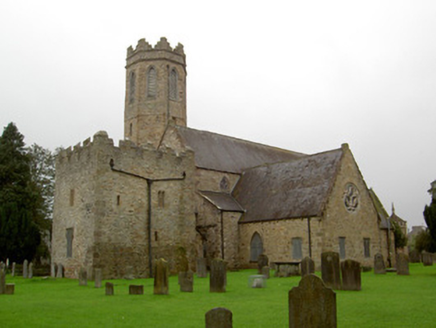Survey Data
Reg No
22117013
Rating
Regional
Categories of Special Interest
Archaeological, Architectural, Historical, Social
Original Use
Church/chapel
In Use As
Church/chapel
Date
1350 - 1900
Coordinates
220076, 122496
Date Recorded
09/06/2005
Date Updated
--/--/--
Description
Detached Church of Ireland, built c.1400, with additions c.1805, 1857 and 1864, with six-bay nave and side aisles, lower single-bay chancel with lower lean-to additions to north side and two-storey tower house attached to east, two-bay transept to north, and octagonal-plan four stage tower, c.1805, to south wall of nave. Gable-fronted elevation to Mary Street and projecting single-bay porches to west with lower three-bay part between. Pitched slate roofs with cut limestone finials, sandstone copings, carved eaves brackets, cast-iron rainwater goods and having crenellated parapets to tower, tower house and lower part of west elevation. Snecked sandstone walls with dressed sandstone quoins. Pointed-arch openings to octagonal tower with timber louvers and chamfered limestone surrounds with carved limestone hood-mouldings and round-headed openings, some blocked, some with timber windows and chamfered sandstone surrounds. Single and double pointed-arch and square-headed openings to tower house, with quarry-glazed windows having chamfered sandstone surrounds and double-light ogee-headed window to east elevation with carved sandstone label-moulding and chamfered sandstone surround. Pointed-arch window opening to transept with limestone sill, limestone tracery and stained glass windows. Round openings to clerestory windows with carved sandstone tracery, stained-glass windows and chamfered sandstone surrounds. Trefoil-headed openings to transept with sandstone surrounds, paired under carved sandstone label-mouldings. Bull's eye opening to transept with render tracery and surround and carved sandstone hood-moulding and cut sandstone voussoirs. Pointed-arch openings to side aisles with sandstone tracery and surrounds and stained-glass windows. Pointed-arch four-light window to west end of nave with sandstone tracery and stained glass. Pointed-arch openings to west end of porches with chamfered limestone surrounds, carved limestone hood-mouldings and quarry-glazed stained-glass windows. Windows to middle section of west elevation have square-headed single lights flanking triple trefoil-headed lights, all with carved limestone chamfered surrounds, quarry coloured glass windows and carved limestone label-mouldings, having ornate vegetal stops to central window. Pointed-arch door openings to side walls of porches with cut sandstone surrounds, replacement timber doors, and having recessed panels above. Interior has round-plan sandstone piers between nave and side aisles, with moulded capitals, supporting pointed-arch arcade. Timber arch-braced queen-post trusses with curved struts, atop timber hanging posts supported on long carved sandstone corbels. Carved elaborate pulpit and lectern. Variety of carved marble and brass memorials and monuments to walls. Medieval grave-slabs to porch. Graveyard to site, bounded on north and west sides by medieval town wall with mural towers. Rusticated dressed limestone piers with carved limestone caps to entrance gateways, with cast-iron gate and railings.
Appraisal
Incorporating much of the fabric of a medieval church this large structure provides an imposing and notable feature on Clonmel's urban landscape. It has four finely-crafted entrance gateways that make it a pivotal part of the town centre. Its unusual style and form derive from its construction in phases. It retains interesting features such as the two towers, that contrast in style and form and the large windows to the west and east elevations. It shows evidence of fine crafting and design in elements such as the carved stone tracery, mouldings and surrounds. The original church is attributed to William De Burgo or his son, Richard, and the later reconstruction is attributed to John Welland.
